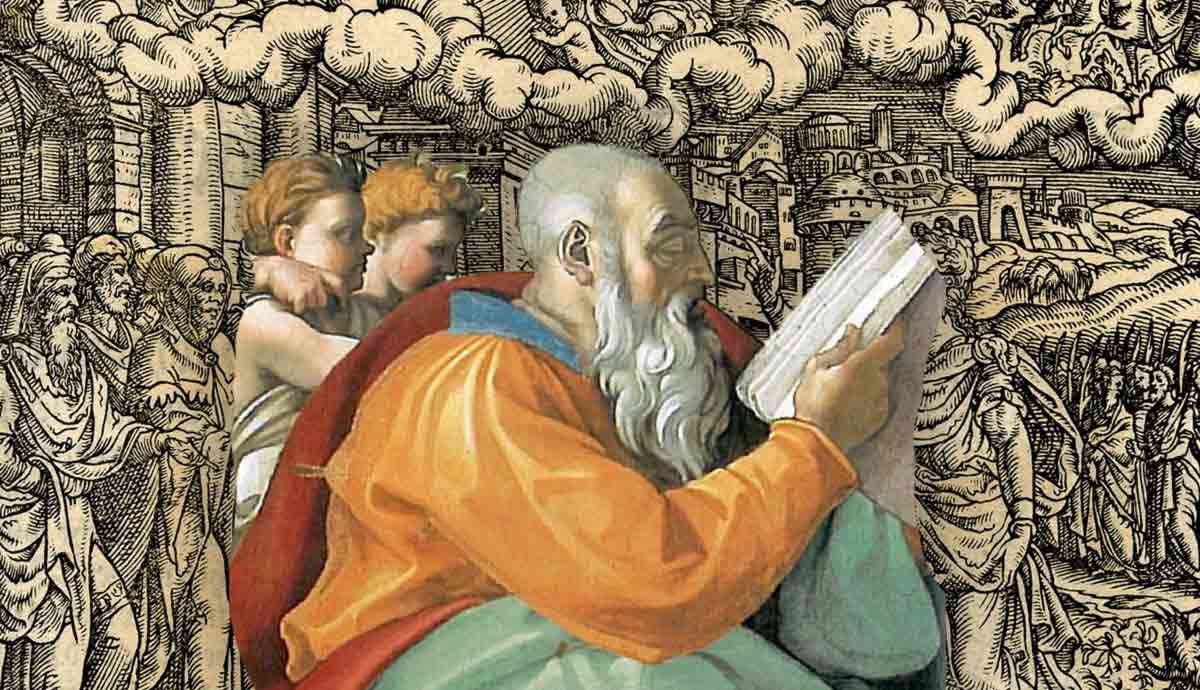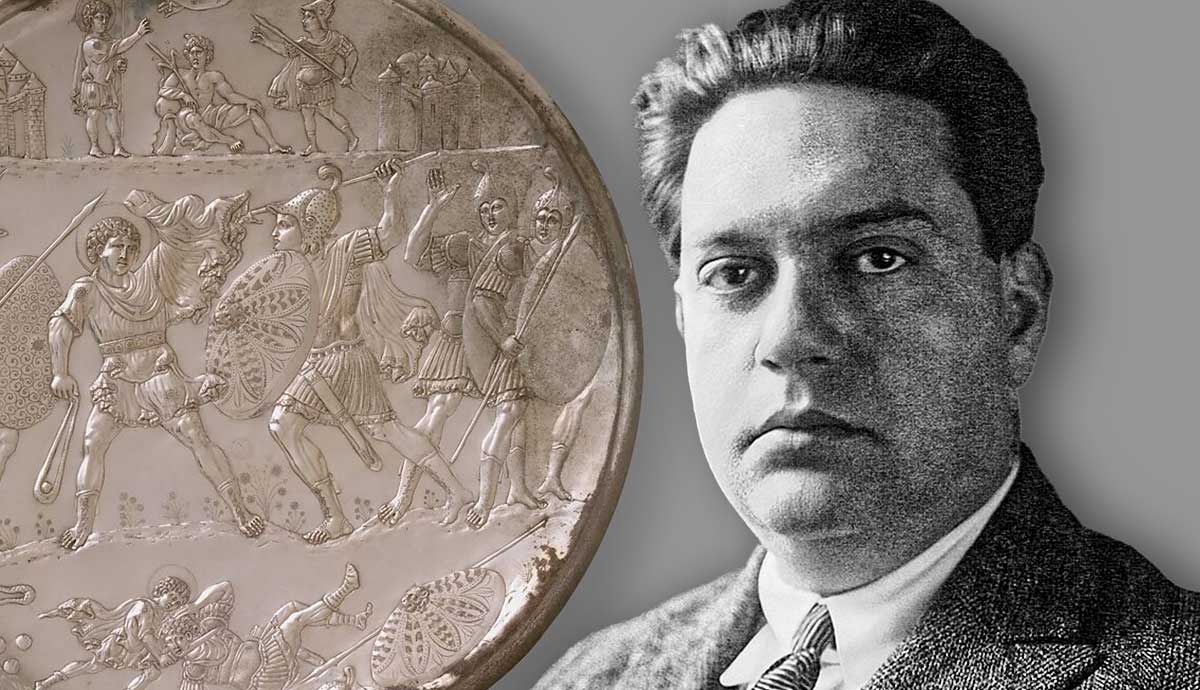
French Jewish composer Darius Milhaud was born in 1892, lived through both World Wars, and died in 1974 after a long and, as he named it, “happy life” during which he composed an impressive body of musical work. One composition uniquely stands out among the rest of his hundreds of creations—an opera based on Biblical text and dedicated to Jewish tradition in Jerusalem entitled, David.
Milhaud’s “Happy Life”
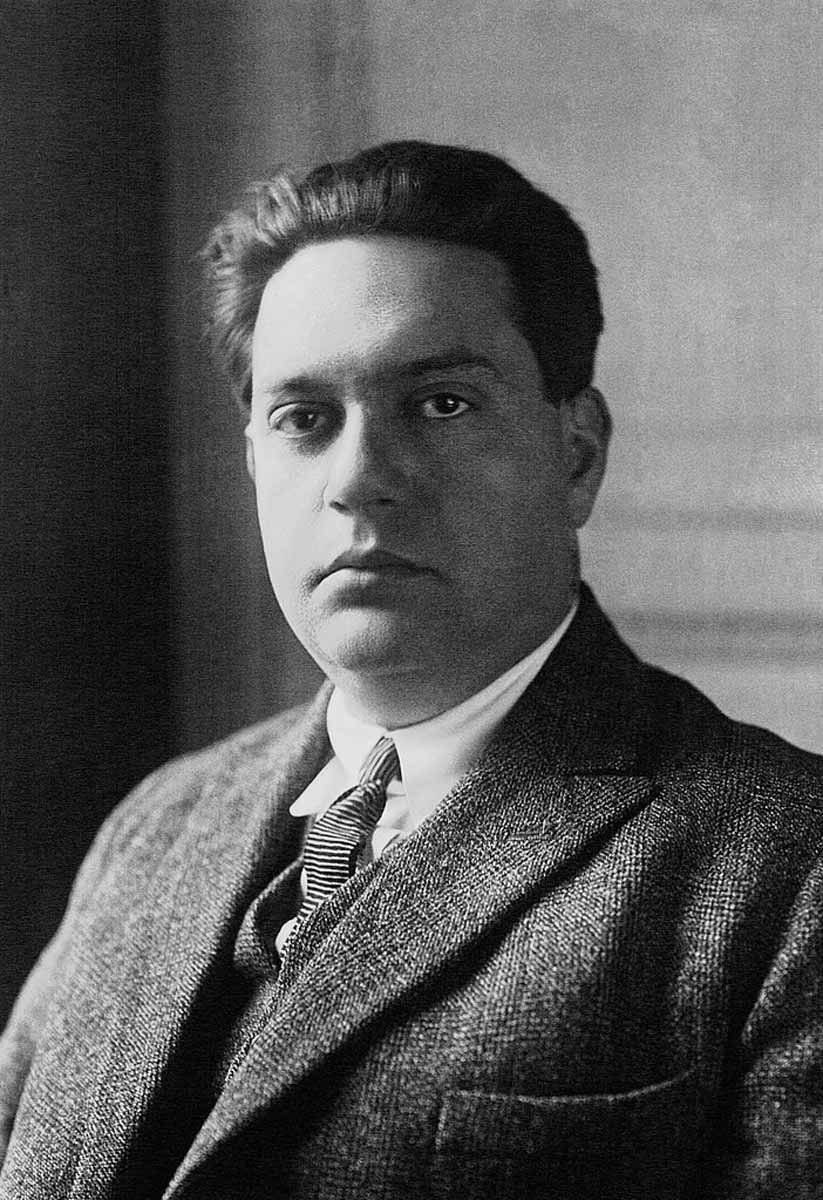
Though hailing from France and musically inspired by the magical beauty of his homeland, Darius Milhaud’s work was influenced by international sounds and intercultural landscapes. He became known as one of “Les Six,” a collection of twentieth-century composers who grew and rose to fame together in France through their unique styles that resisted popular musical themes in classical music at the time. They each drew from the artistry of Jean Cocteau and Erik Satie, and their title, “The Six” was created in reference to “The Five,” a group of renowned Russian composers.
Milhaud and his family fled to the United States in 1940 to escape the Nazi invasion of France. Limited by a physical disability that often confined him to bed or a wheelchair and targeted as a known Jew, Milhaud knew that he must flee Europe, or he would have certainly been captured. He and his family eventually returned to France, though much had been lost, both material and emotional.
The Milhauds moved to America during their exile from France and made lasting connections that remained even after the war and their return to Europe. Having made a strong impression at Mills College in Oakland, California during the war, Milhaud agreed to alternately work at the college and the Paris Conservatory. For several years, he lived a transatlantic life, and he even managed to conduct concerts with the assistance of a chair.
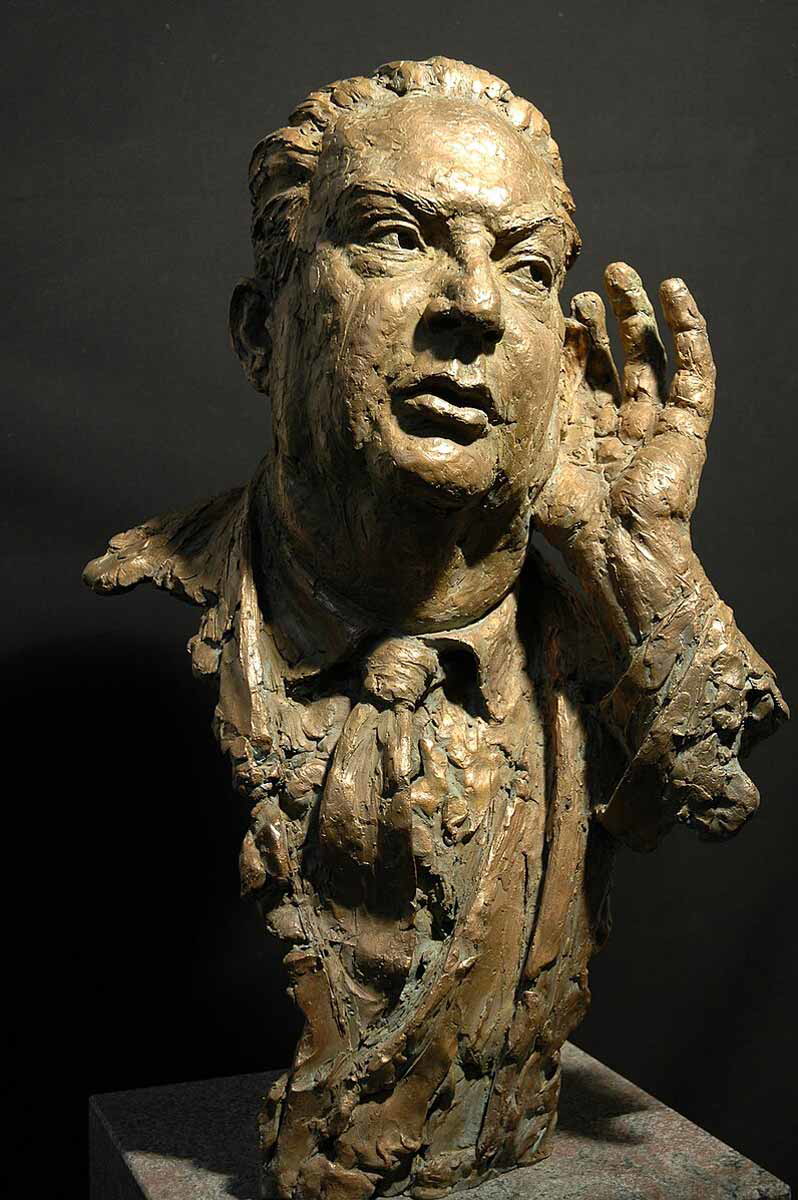
Despite critical hardships, the final version of Milhaud’s autobiography was published in 1974, the same year as his death, with the title, Ma Vie Heureuse, or My Happy Life. He was extraordinarily productive and well-traveled during his life, having completed hundreds of cataloged musical compositions with a globally inspired style.
Optimism, productivity, and generosity define the work of Darius Milhaud, making it no surprise that he took on the mighty task of bringing a massive biblical figure to his musical repertoire for a festival honoring the 3,000th anniversary of King David’s establishment of Jerusalem as Israel’s political and religious capital (according to Biblical tradition). The work depicts not just any biblical hero, but the ruler who brought unity to the tribes of Israel and power to Jerusalem. Milhaud took on the enormous task of creating a musical story for King David with the encouragement and support of conductor and festival organizer Sergei Koussevistsky.
The opera’s text was written in Hebrew, thanks to the efforts of Milhaud’s friend and librettist, Armand Lunel. Lunel provided librettos for several of Milhaud’s compositions and, similarly, came from French Jewish heritage. Milhaud and Lunel knew each other well, and Lunel even wrote a book entitled, Mon ami Darius Milhaud.
Who Is David?
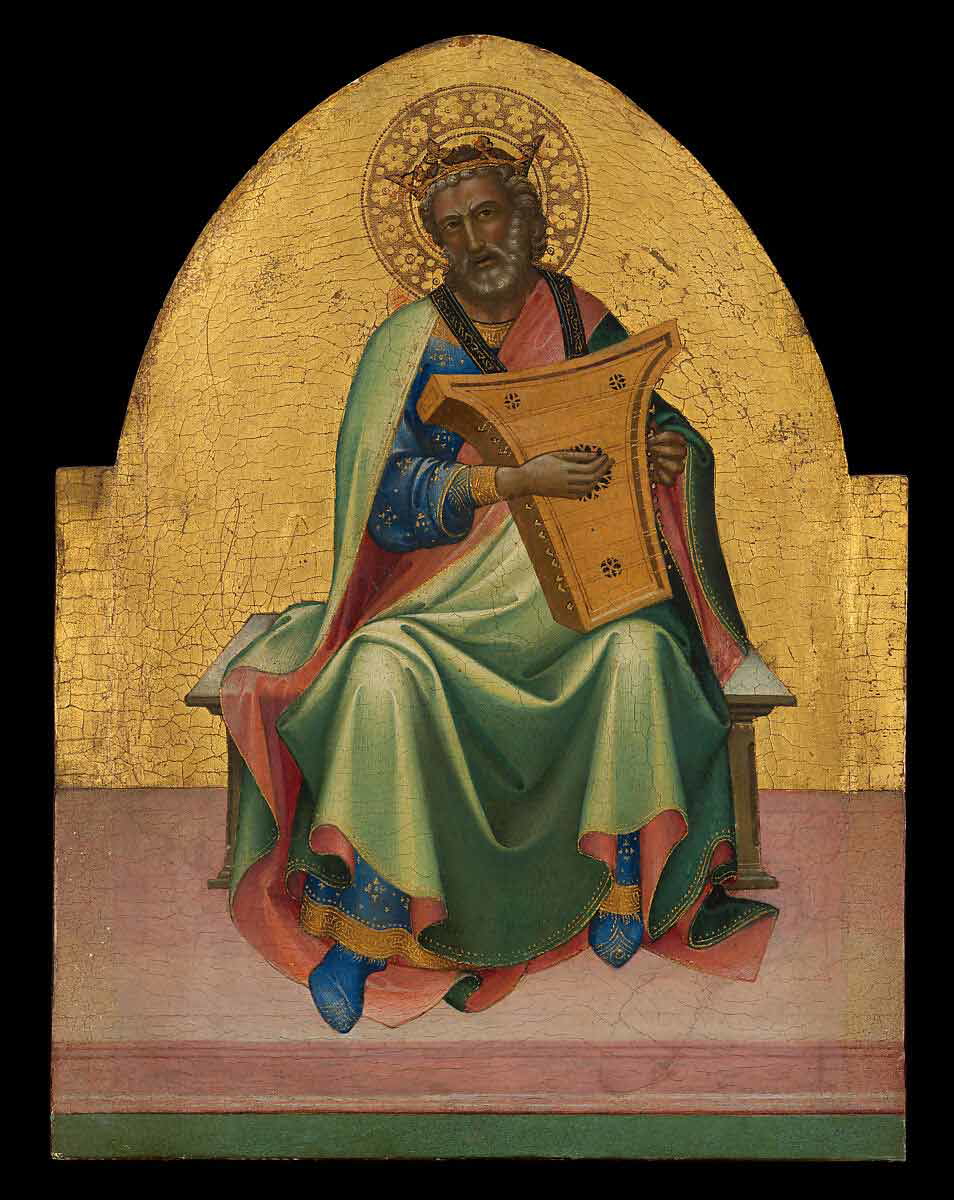
The story of David is inspired by the First and Second Book of Samuel and the beginning of the First Book of Kings. In these books, God answers the call of his people for an earthly ruler by blessing Saul, but Saul does not obey God’s commands; thus, God blesses the humble David who becomes a future successor. The opera depicts major events in David’s life as told in the two books of Samuel and concludes with the succession of his son, Solomon, to the throne as king of Israel, as told by the First Book of Kings.
David is a young shepherd boy when he is first introduced in the biblical narrative. One of his best-known achievements takes place in the First Book of Samuel and is often used as a common reference for a smaller being or entity facing a larger yet surprisingly conquerable foe. The battle between David and Goliath serves as an early sign in David’s life that he is blessed and destined for greatness.
David loyally serves King Saul, but growing favor toward his faithful servant eventually makes Saul jealous. Drama ensues, and Saul seeks to murder him, but David continues to prove himself as a strong, moral, and steadfast leader by refusing to take revenge, even when he is faced with multiple opportunities to strike Saul down.
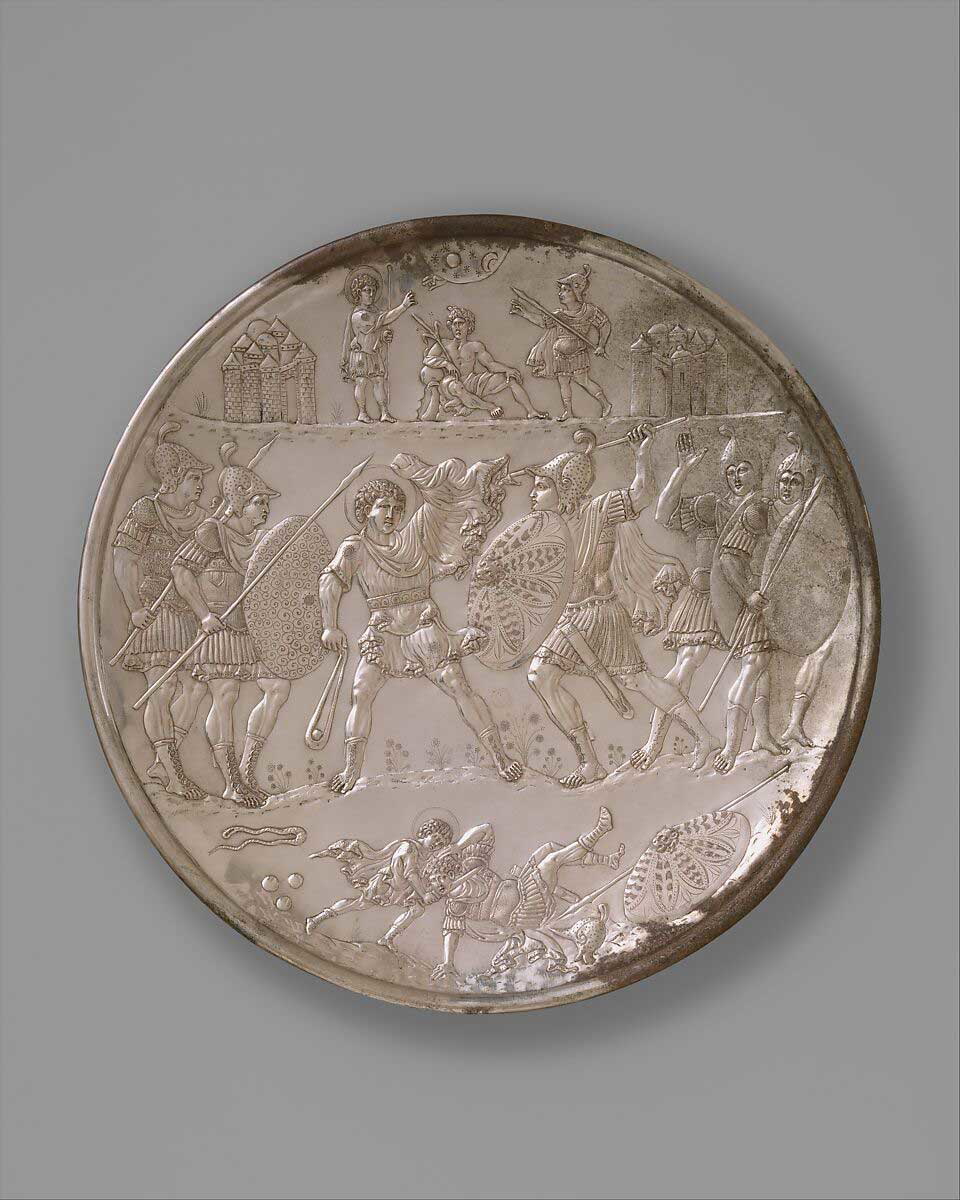
King Saul dies in battle, and the Second Book of Samuel briefly outlines a period of Israelite rule under his son while David is crowned king of the southern kingdom, Judah. David laments the death of Saul and his political success begins to rise. Upon the death of Saul’s son, David unites Israel and Judah and establishes his political capital in Jerusalem.
King David is renowned for his success as a powerful leader and a devout follower of God, but he was not without fault. David commits a serious offense against God and his people when he catches a glimpse of Bathsheba bathing on her roof, has an affair with her, then has Bathsheba’s husband killed. Filled with guilt, David prays for forgiveness. As the story goes, God does forgive David, but the rest of David’s life is far less heroic than its beginning. His children are sinful and rebellious, and David’s heart is broken over their crimes and their deaths.
According to the Bible, David was succeeded by the son he bore with Bathsheba, named Solomon. Solomon is best known for having built the First Temple in Jerusalem, fulfilling David’s hopes for the city’s standing as both a political and religious stronghold. He was also the last ruler of a unified Israel according to biblical tradition.
Connecting History and Current Affairs
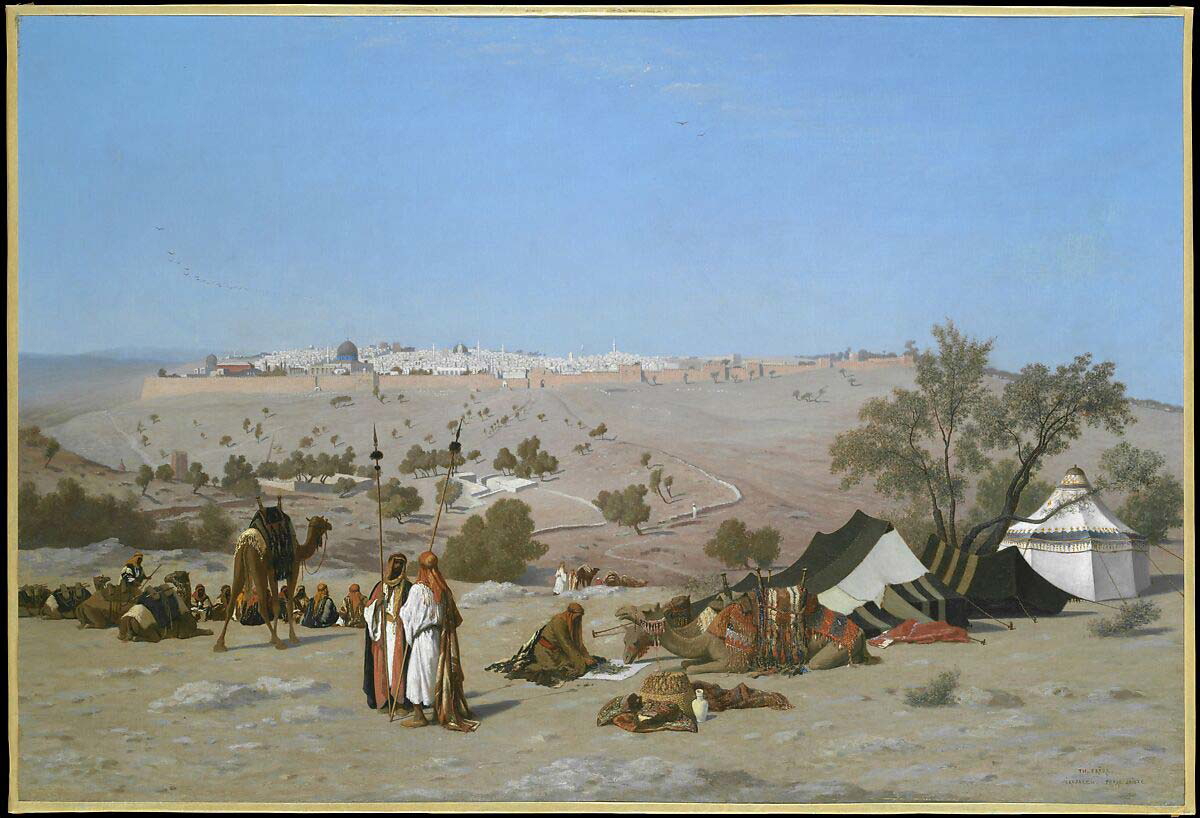
Tales of King David have been referenced in a number of historical and contemporary settings. Darius Milhaud understood the weight of the Israelite king’s history and its symbolism in his own world when he set out to compose a musical telling about David’s life that would define a nation’s past as well as its present.
Israel was declared a state in 1948, leading to widespread celebration as well as years of regional tensions. Darius Milhaud used his talents to celebrate the Jewish community and its history in Israel by offering a work that felt simultaneously ancient and modern.
Productions of David involve two choruses: one chorus represents the Hebrew people in David’s time while the other represents contemporary Israelis who reflect on Jewish history and see connections across time but within their shared historical space.
While Zionism plays an impactful role in the political beliefs of many Israelis and the global community, it does not represent the basis of all political perspectives in Israel or in the international community. Milhaud’s opera has been interpreted as thematically zionist, given its promotion of David’s unification of Israel and the Jewish community there, as well as the chorus of Israelis, who demonstrate its relevance to contemporary politics at the time it was first performed.
King David and Politics Today
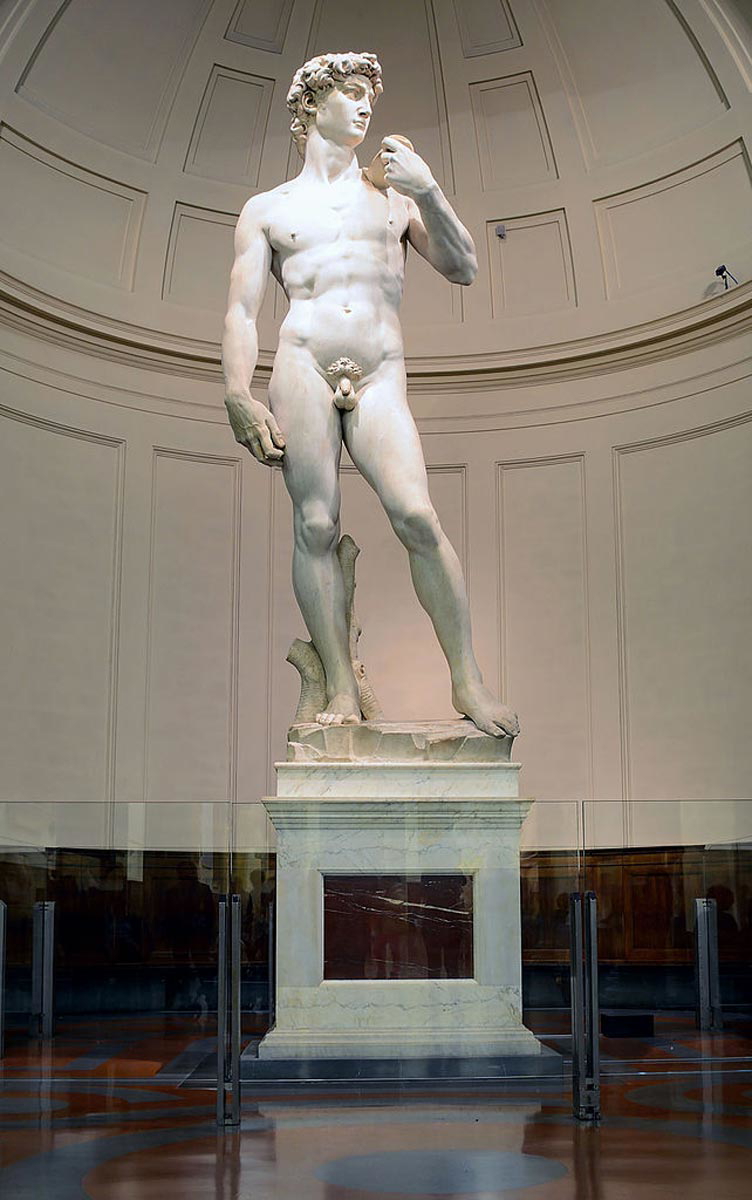
Israel’s current political struggles involving Palestine, Iran, and the global community at large continue to invite connections with past Jewish history and the everlasting legacy of David. Scholars, politicians, rabbis, and laypeople of various backgrounds have sought inspiration from the biblical tale of David as a lesson to learn from and as a hopeful path forward toward peace and unity. Not everyone agrees on what this “unity” should look like geopolitically; continuing tension and conflict have persisted in the region for generations following the official declaration of Israel’s statehood.
Fascination with David as a historical figure has also led to unique archaeological discoveries. Recent research has provided hints that the city of Jerusalem had already been a prominent city even before King David brought his capital there. Although the formal establishment of Jerusalem as a place of significance is often attributed to David’s reign, new evidence provides a new understanding of the city’s history. Such discoveries may not eradicate the significance of David’s impact there, but they may offer a broader perspective on historical events, literature, culture, and art.
“Jewishness” Post-World War II
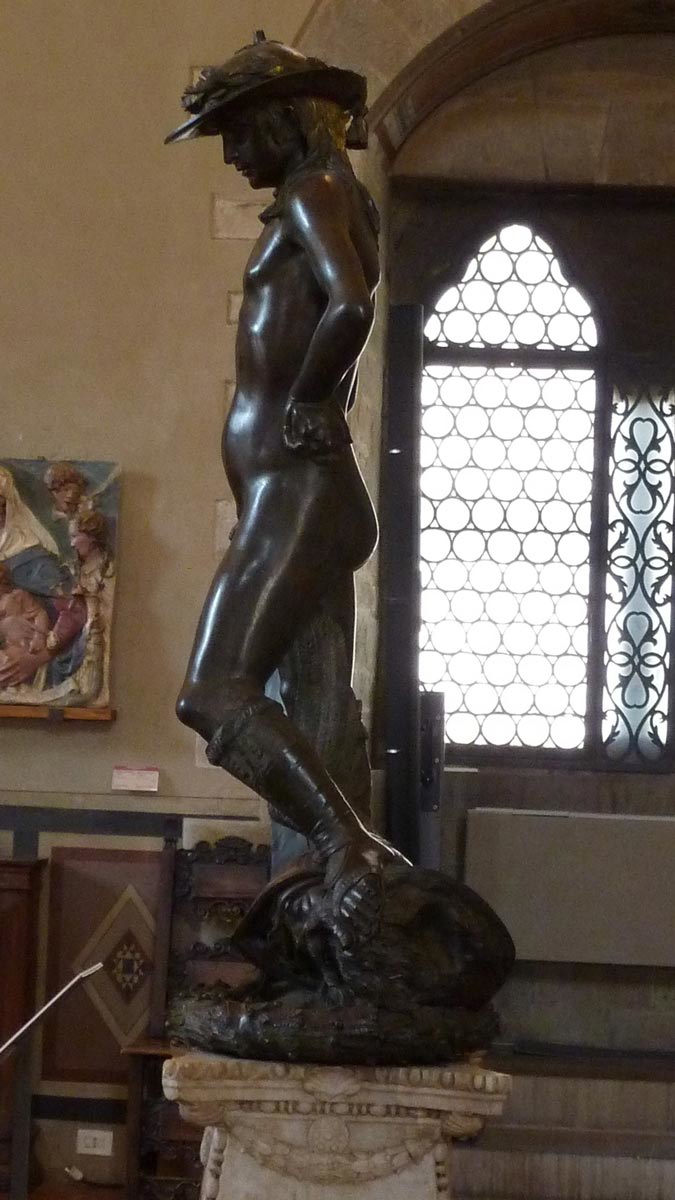
Milhaud’s distinct experience with his own Jewish identity played no small role in his life, nor in his musical career. He understood that his Jewish heritage was rooted in Provence, as he equally identified with both his French nationality and his Jewish family history there. His relationship with “Jewish music” as an identifier was slightly more complex and evolved to a more positive union over time. His own struggles reflected a common dispute and resolution over the genre and its composers that lasted several years.
The international community drew a magnified lens over the global Jewish population and the future of Israel following World War II. Darius Milhaud grew into his title as a “Jewish composer,” and his work became woven into the freshly widened transnational focus on Jewish culture.
Milhaud’s David premiered in a concert version in Jerusalem in 1954 during the festival honoring King David’s political and religious affirmation of the city’s central strength, and the first staged performance took place in Milan at Teatro alla Scala in 1955. The opera reached the United States the following year as well as several European cities at later dates. Although the performance rate has slowed for David in subsequent years, it remains a substantial part of musical, religious, and political history.
Milhaud’s Legacy
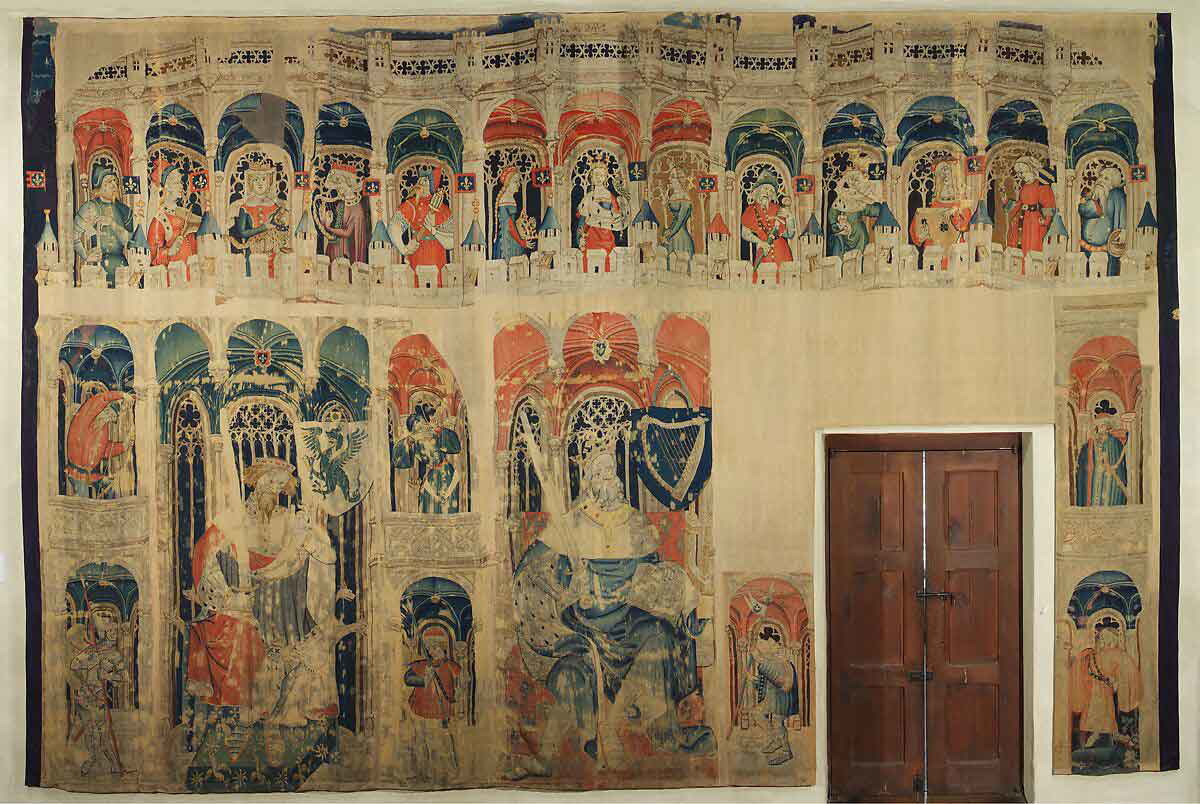
Darius Milhaud enjoyed success and fulfillment throughout his life, despite experiencing both World Wars as well as his own physical limitations. His kindness and positive demeanor led him to meet friends and find inspiration all over the world, which he did not hesitate to compose a vast array of unique artistry for.
Despite early qualms over a musical identity rooted in his Jewish heritage, the years following the Second World War helped Milhaud grow into a sense of pride as a Jewish artist. His opera David maintains a distinct position in his vast array of compositions, and if nothing else, it has undeniably made its mark on history.




